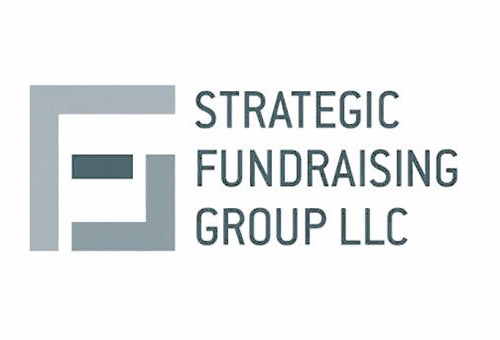
The linchpin in a nonprofit plays an incredibly pivotal role in the growth and development of the organization. He or she is, or should be, a professional well-versed in the inner workings of the nonprofit. The linchpin also cements relationships with the public and philanthropic associations, as well as the nonprofit community. The professional fundraiser often plays the role of the linchpin, as do other key faces representing the organization.
Early in my nursing home administrator’s career, I held membership in a trade association called the North American Association of Jewish Homes and Housing for the Aging (NAJHHA), and was privileged to receive its first Herbert Shore Young Administrator of the Year award. The recognition reflected my service in nursing home administration and my assignment as the editor of the NAJHHA national newsletter and magazine. It put me in the public eye on many fronts. In essence, I had the ability to represent my trade and become a linchpin to various publics such as folks in national communities seeking information about long-term care facilities for their loved ones, vendors who sought economic connections and philanthropists with issues that needed attention.
As my career evolved into becoming a senior development executive, I acted in a similar capacity when representing my institution. Serving as a liaison doesn’t mean that the development professional always has his or her mind on raising funds. On the contrary, just maintaining convivial relationships with donors as part of the cultivation process is equally important. Keeping a reservoir of relatable stories to share with contributors is crucial to relationship-building. Here are a few examples that led to some nice charitable gifts.
As a NAJHHA member, I often attended national conferences to learn about recent innovations in the field and/or enhance my general knowledge. There also were seminars in which I was the facilitator or instructor. This story revolves around a program one year in New Orleans at which I presented. It’s a true anecdote that was helpful to me later when I became a senior development executive.
There is an old adage that the way to a man’s heart is through his stomach. But, perhaps, it’s also the way to a generous philanthropist through a good story. The NAJHHA conference I attended took place at the Sheraton Metairie in Louisiana. The association brought in a mashgiach for all the meal functions. I knew the mashgiach for many years, as he was a close family friend from Connecticut. One of the banquet meals showcased a Cajun-style roast beef dinner that was beyond delicious. It was amazingly delectable.
I asked the mashgiach whether he knew the recipe for this gourmet dinner. It turned out he was a close friend of the executive chef. A few minutes later he took me into the main kitchen and introduced me to Chef Rousseau who, sporting a black handlebar mustache and a thick French accent, whisked me away on a royal tour of the kitchen. The next part of the visit was discovering the exquisite recipe for the Cajun-style roast beef. His secret was in marinating the meat in a cooler for 24 hours using special seasoning and an original sauce that the chef conjured up. I tucked that recipe away for future reference.
After the tour by Chef Rousseau, the mashgiach took my wife and me to a Melba Toast factory, which in itself was fascinating because we saw multilevel assembly lines and conveyor belts bearing Melba Toast type of products being packaged by a half dozen different companies. What interested me was that only some of the products with identical ingredients, but different brand names, enjoyed kosher supervision. The origination process was the same but the mashgiach only provided approval to a select few companies whose product was labeled with the kosher symbol.
So, now that you followed my journey to New Orleans you must be asking yourself, “What does this have to do with fundraising?” Good question, and here is the answer. These food-related episodes served me well later in my development career when I bonded with a philanthropist in the food business. He was absolutely enthralled with the story of Chef Rousseau and wanted to know all the intricate details about the Sheraton Metairie’s kitchen, including the equipment used by the gourmet chef and his private Cajun-style recipe. He was also fascinated by my visit to the Melba Toast factory and by its kosher supervision policy. It established my long-term relationship with the donor and solidified my becoming his linchpin to the organization.
Being the linchpin of your nonprofit carries noteworthy responsibility. Keep this in mind as “food for thought.”
Norman B. Gildin has fundraised for nonprofits for more than three decades and has raised upwards of $93 million in the process. Formerly a Teaneck resident for 34 years, he is the president of Strategic Fundraising Group, whose singular mission is to assist nonprofits in raising critical funds. He can be reached at Ngildin@gmail.com.











